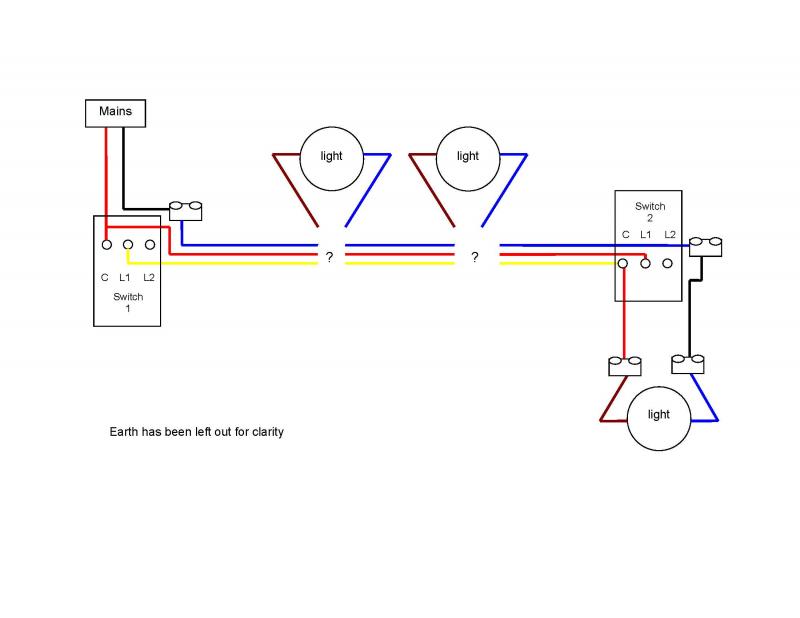My first post so please bear with me!!
I moved into a house which has wiring hanging out of the (conservatory) wall in blocks as I assume the lights were removed by the nice bailiffs!!
Essentially I have 3 lights and 2 switches as follows;
Switch - Light - Light - Switch - Light
The switches (both dimmers) are already wired, the middle two lights have the following in a 4 block connector - 1 Yellow - 2 x Reds (connected together) - 2 x Blues (connected together) - 1 Yellow.
The last light only has Red and Black so this is easy and works from the 2nd switch only.
Seperate earth exists on all connections.
I seem to have tried every combination in order to get the middle two going but no joy as yet. I am assuming the yellows relate to the switches?? Please please help as I really need want these working by the weekend!!!
Thank you
I moved into a house which has wiring hanging out of the (conservatory) wall in blocks as I assume the lights were removed by the nice bailiffs!!
Essentially I have 3 lights and 2 switches as follows;
Switch - Light - Light - Switch - Light
The switches (both dimmers) are already wired, the middle two lights have the following in a 4 block connector - 1 Yellow - 2 x Reds (connected together) - 2 x Blues (connected together) - 1 Yellow.
The last light only has Red and Black so this is easy and works from the 2nd switch only.
Seperate earth exists on all connections.
I seem to have tried every combination in order to get the middle two going but no joy as yet. I am assuming the yellows relate to the switches?? Please please help as I really need want these working by the weekend!!!
Thank you




